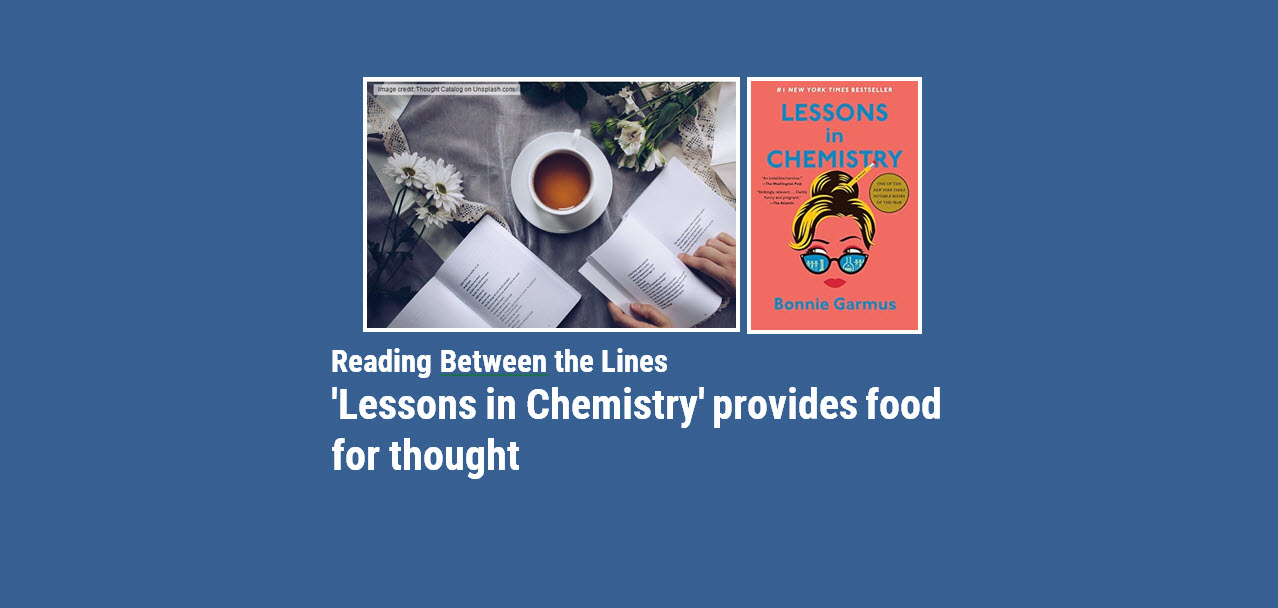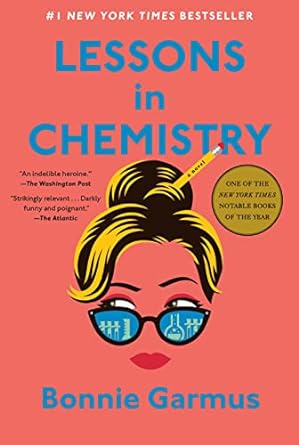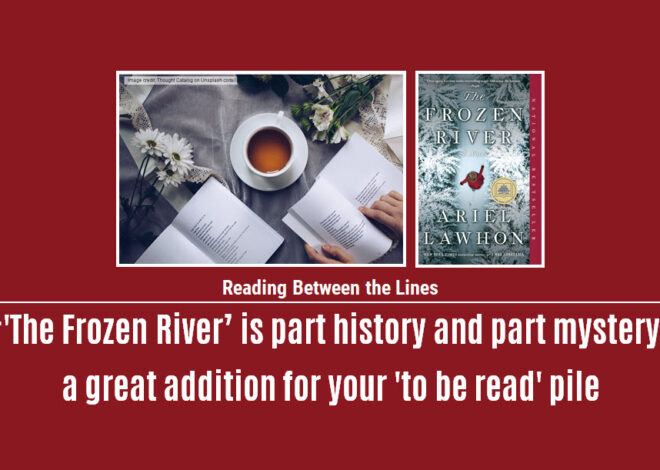
Reading between the Lines
‘Lessons in Chemistry’ provides food for thought
by Mary Jo David

Social norms have changed drastically since the 1950s and 1960s—but have they really? “Lessons in Chemistry,” by Bonnie Garmus, is a great read for adults, young and old. The novel takes place in the late 1950s through the 1960s and spans a wide range of emotions, including funny, sad, shocking, perplexing and enlightening. It leaves the reader both entertained and educated.
The main character, Elizabeth Zott (aka: “E.Z.” to the men in the lab), is brilliant and beautiful. It’s her brilliance she wants people to focus on. But it’s her beauty (not to mention her sex) preventing her from being taken seriously in her field at a time when it was an uphill battle for any woman to carve out her niche professionally.
An unexpected love story develops, and as a result, Elizabeth finds herself in the role of “mother,” which her extensive education and professional work experience have not prepared her for. The frustration and anger the reader experiences as Garmus shares Elizabeth’s challenges with her male co-workers are balanced by the humor, joy, and unexpected tenderness she exhibits as a lover, mother and dog owner.
It was easy to make the leap from Elizabeth as brilliant chemist to Elizabeth as the mom of a prodigy who can read at age 3—a mom who left lunchbox notes for her daughter that said, “Fuel for learning,” or “It is not your imagination, people are awful.” It might have been a bit harder to recognize the softer Elizabeth who emerges every now and then as Mad’s mom later in the book, but Garmus eases us into Elizabeth’s gentler, indulgent side gradually, as the story unfolds.
A coincidence that revolves around one of Mad’s classmates lays the groundwork for Elizabeth to make the move from brilliant chemist to popular television host. Garmus manages to take the reader through this unlikely transition with no thought to abandoning “Lessons in Chemistry” out of disbelief. (Kudos to Garmus for pulling that off.) In her new role, Elizabeth strives, successfully, to educate and entertain her audience with her brilliance despite television executives’ attempts to turn her into a cookie-cutter 1960s female entertainer. She stays true to her own style and beliefs, and in doing so, inspires women to be themselves and follow their own passions.
Garmus provides necessary depth when developing main characters like Elizabeth, Calvin, and Mad, relying on stereotypes, yes, but each is peppered with an emotional side that surprises the reader. Even the family dog is a key, secondary character, an intelligent, sensitive member of the family who weighs in occasionally with his own thoughts. And this reader smiled every time she read the dog’s name in the book.
“Lessons in Chemistry” manages to weave in some inspirational food for thought quite regularly, including a passage between a minister and Elizabeth’s young daughter Mad, who is skeptical about religion.
Mad: “I have faith.”
Minister: “Well that’s a funny word to hear from you … because religion is based on faith.”
Mad: “But you realize,” she said carefully, as if not to embarrass him further, “that faith isn’t based on religion. Right?”
Most who read this work of fiction might judge it as only suitable for women, but men can learn from the book’s premise as well, especially those who work with women. In the same way that many white Americans believe racism no longer exists while Americans of color beg to differ, “Lessons in Chemistry” can enlighten men who assume that women are always treated equally in today’s workplace.
Through her creative storytelling of an extreme example of workplace inequality—and daily misogyny—set more than 50 years ago in time, readers are not left with the feeling the book is lecturing them. But, the truly insightful reader will step away recognizing they have learned something valuable from an enjoyable novel, and will, hopefully, use “Lessons in Chemistry” to improve the workplace for all.
 Mary Jo David has put on her book reviewer hat, at least temporarily, to fill in for Shuyler Clark who was the face of “Reading between the Lines” for two years. Stockbridge Community News would like to thank Shuyler for her longtime commitment to our readers, and we wish her well in her future endeavors.
Mary Jo David has put on her book reviewer hat, at least temporarily, to fill in for Shuyler Clark who was the face of “Reading between the Lines” for two years. Stockbridge Community News would like to thank Shuyler for her longtime commitment to our readers, and we wish her well in her future endeavors.



